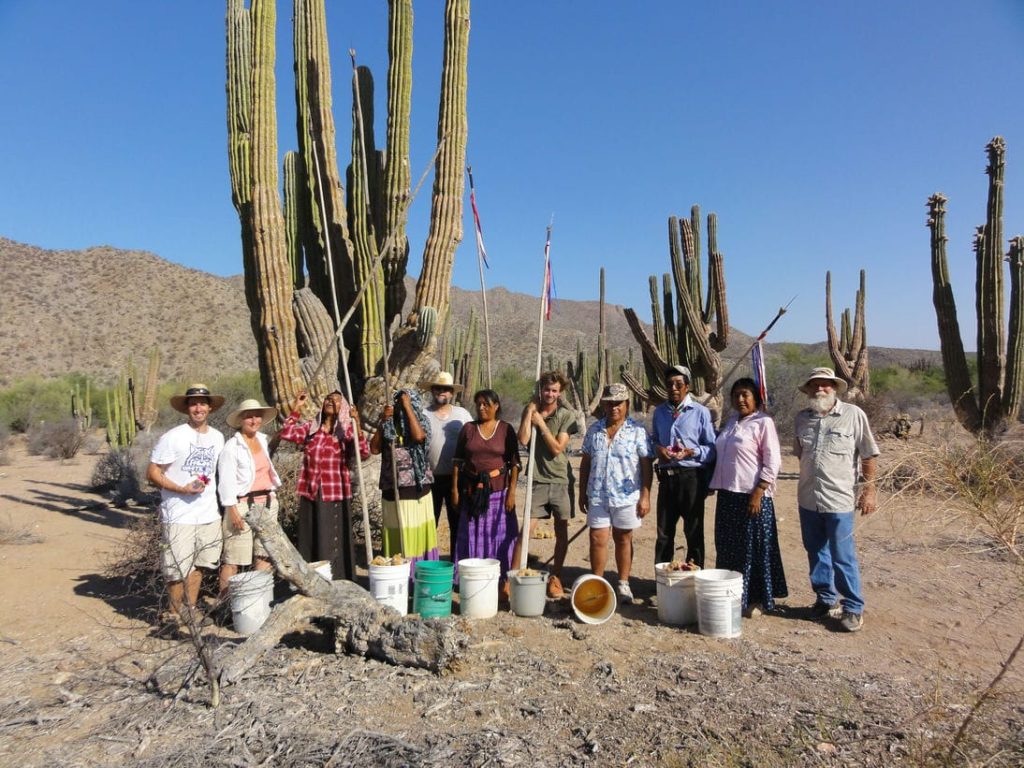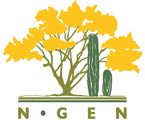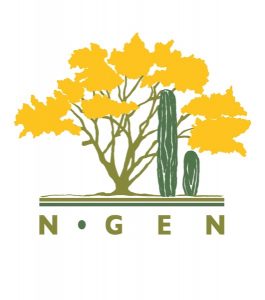
Title: Seri Session
Conveners: Carolyn O’Meara, Ben Wilder, Nemer Narchi
Participants: Elisa Villalpando, Jupiter Martinez, Nemer Narchi, Cathy Moser Marlett, Scott Bennett, Steve Marlett, Angelina Martinez, Rodrigo Rentería, Carolyn O’Meara, Natalia Martínez, Ben Wilder
Summary
This group of 11, with varied lengths of experience of working with the Seri community from their whole lives (Cathy Moser Marlett) to a few years (several of us) met to begin to discuss our shared experiences of working in the Seri community. We would like to stress the unfortunate fact that no Seris were able to participate in 2012 NextGen Summit due to the logistical difficulties of visas and passports. This was the reality despite great efforts. Future efforts of the NextGen movement will do all that is possible to include Seri participation.
One of the major discussion points of this session had to do with relationships that exist between researchers who are not part of the Seri community (participants in the session) and Seri community members. In particular, we discussed how to decide whom to collaborate with, especially thinking of being as inclusive as possible by working with community members who do not have an advanced formal education. Working with individuals who are pursuing a college degree can lead to the exclusion of elders and women from participating and collaborating in research projects. At the same time, there was a lot of emphasis placed on working with various community members from various families. Allowing this type of diversity can be comprehensive and more accurately represent collective community knowledge. This form of collaborating with Seri community members can also prevent the creation or maintenance of knowledge monopolies that certain individuals or individual families can create when working with external researchers. It was also suggested the researchers be transparent in their publications regarding who their collaborators are. In this sense, if a researcher has only worked with a limited group of individuals, the results can be interpreted in the appropriate context. There was also discussion about some Seri community members who have their own conservation projects and what we can do to promote and also provide any assistance in these projects. Ben indicated that in his experience the writing up of the final report is an area that could use assistance from external researchers, especially in order to allow for the possibility of future grants from that particular granting agency.
One item that was briefly discussed had to do with compensation for informants. Different disciplines have different standards. At the same time, different communities set their standards based on previous experiences. Some of the people present at the session prefer not to use money to pay collaborators and instead use gifts to show their appreciation and some use money as their preferred form of remuneration. There was also difference in terms of the type of project, since in some cases the time commitment is much larger and in other cases the time commitment is smaller.
A few of the tangible suggested products on the session include:
(1) The compilation of a list of Seri community members who we collaborate with and the particular talents that they possess.
(2) We also discussed possible ways in which we can leave products from our projects in the community in a way that anyone who is interested can have access to it.
a. One idea was to have a local archive located on a laptop that could be housed in the school. This could serve as a point for people to deposit results from their projects and also for Seri community members to be able to download those items. The only issue is how do we keep this available to everyone without it falling into the hands of a particular person or being abused?
b. Another suggestion had to do with Steve Marlett’s Seri bibliography website where he compiles publications that have to do with the Seri. This is one way of maintaining transparency in terms of what type of research is happening.
c. Steve also had a writers’ workshop with René where participants wrote short essays on columnar cacti. One species grows outside of the core Seri territory, south and east, xasaacoj (Stenocereus alamosensis). A poster of this species was made and now it is on the wall in the school. It reinforces traditional culture, language, and shows the plant as a beautiful thing,
(3) Finally, it was discussed that the Seri New Year can be an important time for us as researchers to distribute what we are working on and any products of that research. We can present what we as researchers are proud of and try to promote community
participation, as well as the dissemination of information.


